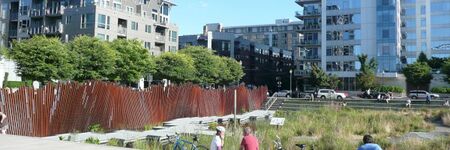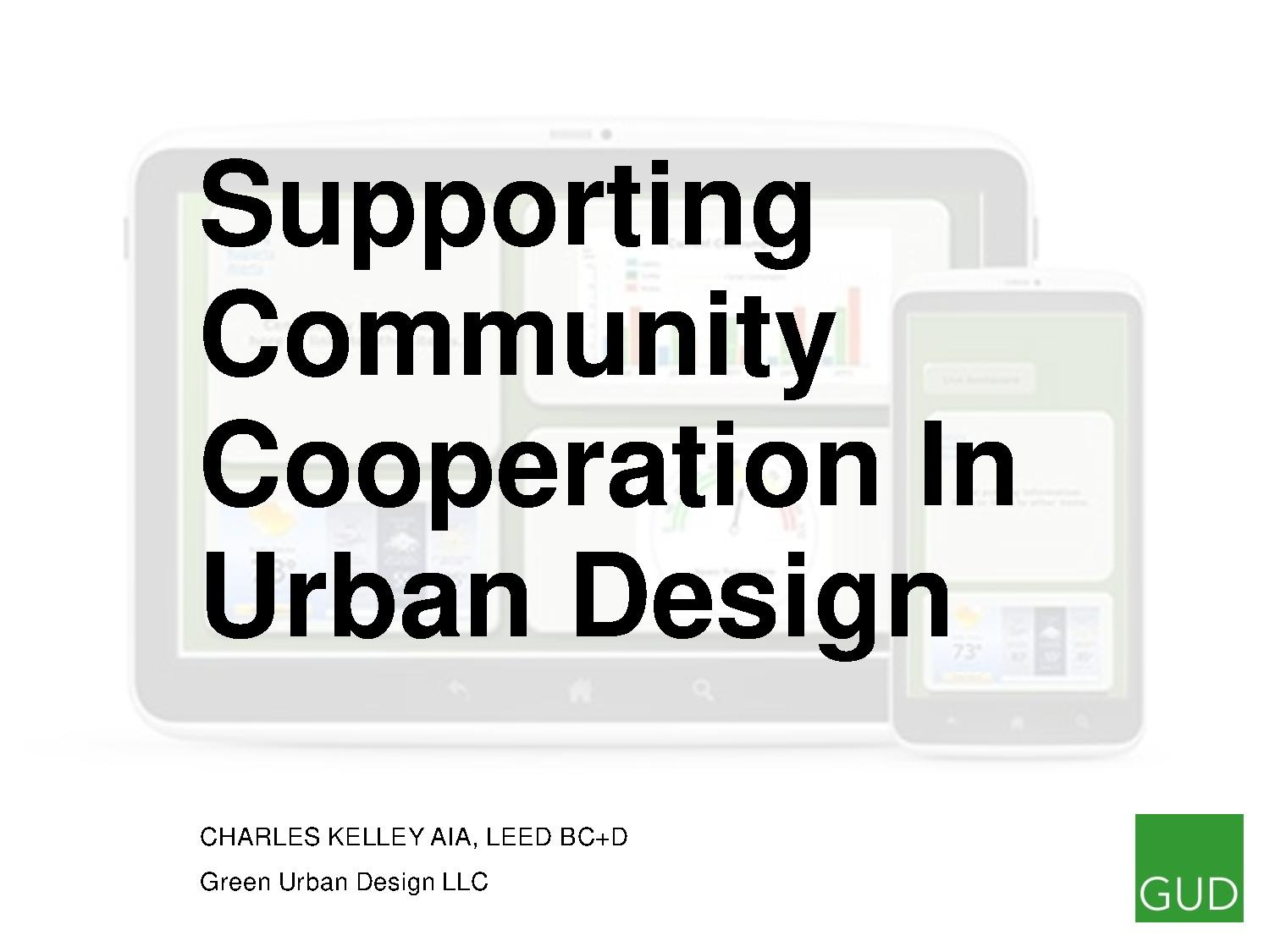Supporting Community Cooperation in Urban Design: Difference between revisions
Created page with "{{Webinar |description=Engagement, Visioning, Master Planning, and Making Agreements are found in a process that communities use to make meaningful change in their neighborho..." |
No edit summary |
||
| (One intermediate revision by the same user not shown) | |||
| Line 3: | Line 3: | ||
|image=GreenUrban.jpg | |image=GreenUrban.jpg | ||
|website=https://www.greenurbandesign.com/ | |website=https://www.greenurbandesign.com/ | ||
|presentation=20220721GCTC-GUD.pdf | |||
|published=2022-07-21 | |published=2022-07-21 | ||
|sector=Buildings | |sector=Buildings | ||
|team-members=Green Urban Design | |team-members=Green Urban Design | ||
|poc=Charles Kelley | |poc=Charles Kelley, Jiri Skopek | ||
|youtube=2Yft6EcZk-s | |youtube=2Yft6EcZk-s | ||
}} | }} | ||
Latest revision as of 01:54, August 31, 2022
| Supporting Community Cooperation in Urban Design | |
|---|---|
 | |
| Date | July 21, 2022 |
| Point of Contact | Charles Kelley Jiri Skopek |
| Organizational Partners | Green Urban Design |
| Sector | Buildings |
| Presentation | 
|
Description: Engagement, Visioning, Master Planning, and Making Agreements are found in a process that communities use to make meaningful change in their neighborhood. Community stories are precedents demonstrating the value of integrating nature with development to sustain active and vital community-oriented neighborhoods.
With 37 years of experience in architecture, urban design, and master planning, Charles brings his award-winning experiences to every scale of planning and design in the making of institutional and municipal places in the US and across the Pacific Rim. As a former Principal at ZGF Architects, he continues to serve as a strategic advisor on design that incorporates community aspirations.
His practice uses the value of integrated design and technology to leverage multiple objectives across mobility, watersheds, energy, water, land use, and open space systems, which contribute to regenerative neighborhoods. In so doing, it helps build capacity for marginalized and disinvested communities to re-configure their neighborhoods to promote health and wellbeing.